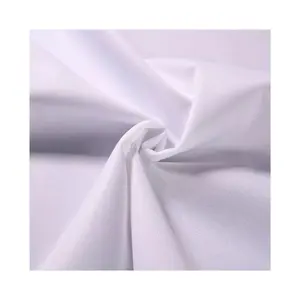

Fiberglass Fabric 7642 Double Side Aluminum Surface Glass Fiber Fabric Blackout Fiberglass Laminated Fabric


Vinyl Coated Polyester Sunscreen Fabric For Clothing For Windows PVC Customized Plain Velvet Woven Mesh Fabric Lightweight Warp



















Laminated fabric serves as a versatile material in various industries, combining durability with a wide range of aesthetic finishes. This composite material is crafted by bonding two or more layers, often enhancing the fabric's functionality. The lamination process can involve different base fabrics and laminating materials, such as polyurethane laminate (PUL) or laminated cotton fabric, each selected for its unique properties.
The diversity of laminated fabrics is evident in their applications. Polyurethane laminate fabric by the yard is sought after for its waterproof qualities, making it ideal for outdoor apparel and protective clothing. In contrast, laminated cotton is often used in the production of lightweight items such as tablecloths, offering a balance of practicality and aesthetic appeal. For industrial needs, laminated non woven fabric provides strength and durability, while laminated jute fabric brings an eco-friendly option to the table.
Laminated textiles are renowned for their enhanced features. The lamination process imparts additional strength, making fabrics like laminated polyester and polyurethane laminate waterproof fabric resistant to water and wear. This makes them suitable for use in harsh environments. Additionally, laminated foam fabric offers cushioning and insulation, often used in the automotive and furniture industries for comfort and energy efficiency.
The base materials used in laminated fabrics vary widely. HDPE woven fabric, known for its robustness, is a common choice for heavy-duty applications. For a softer touch, polyurethane laminate PUL fabric is preferred, especially in healthcare and consumer products where a gentle yet durable material is required. The range of textures available, from the smoothness of polyurethane laminate material to the plush feel of laminated velvet, allows for customization according to specific use-cases.
With growing environmental concerns, the demand for sustainable materials has risen. Options like non woven lamination and laminated cloth tablecloth products offer durability while being more eco-conscious. These materials are designed to be long-lasting, reducing the need for frequent replacements and thereby lessening environmental impact.
Selecting the appropriate laminated fabric requires consideration of its intended use. Whether for protective gear, household items, or industrial applications, the fabric's properties must align with the functional requirements. Alibaba.com hosts a vast array of options, facilitating the connection between buyers and reputable suppliers to find the right match for specific needs.